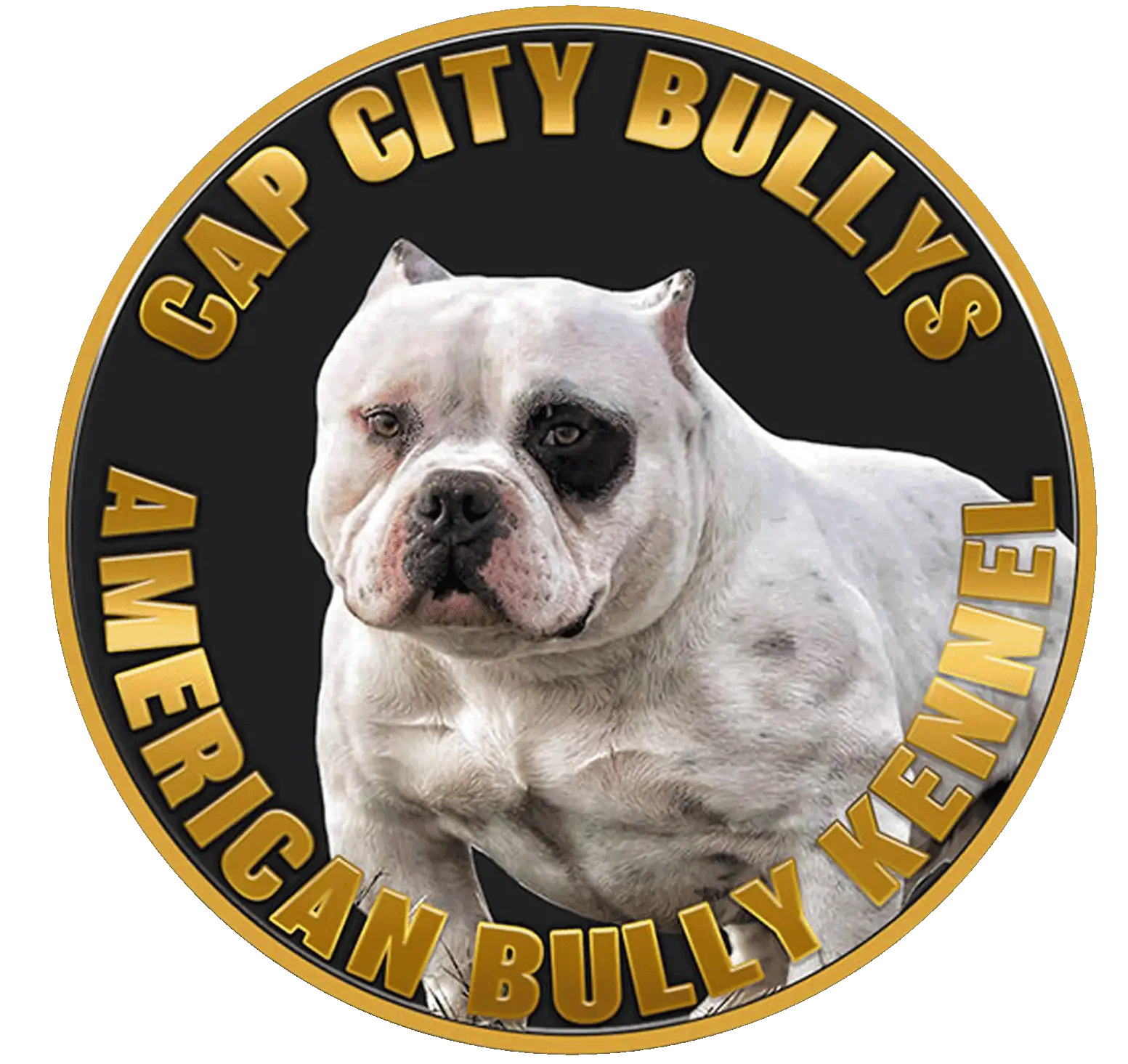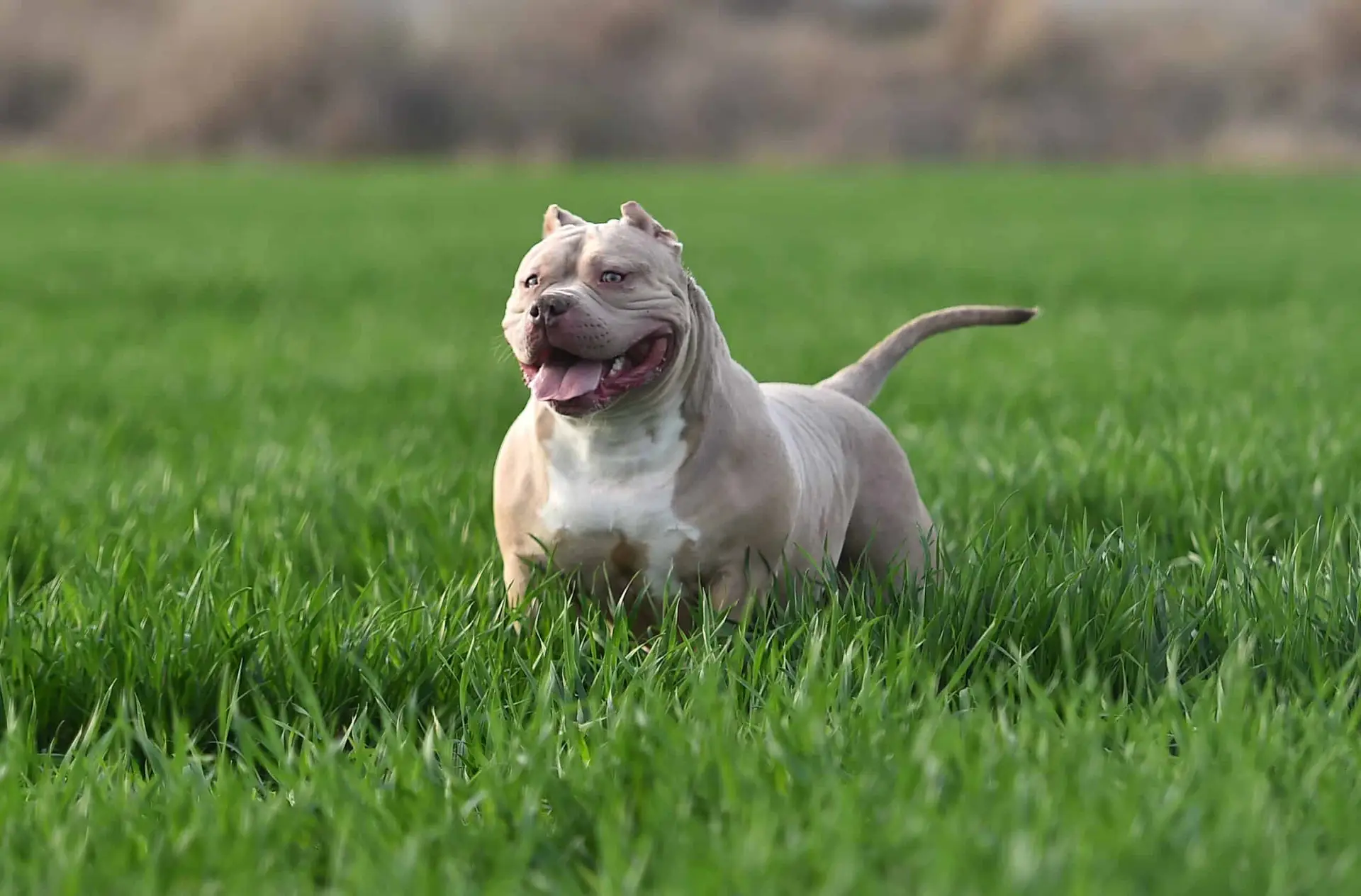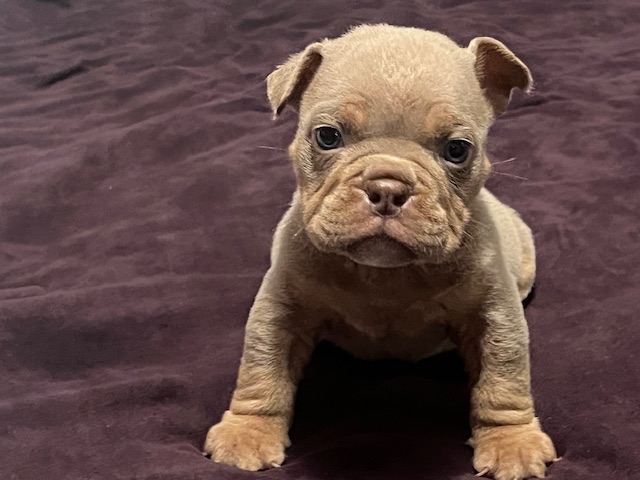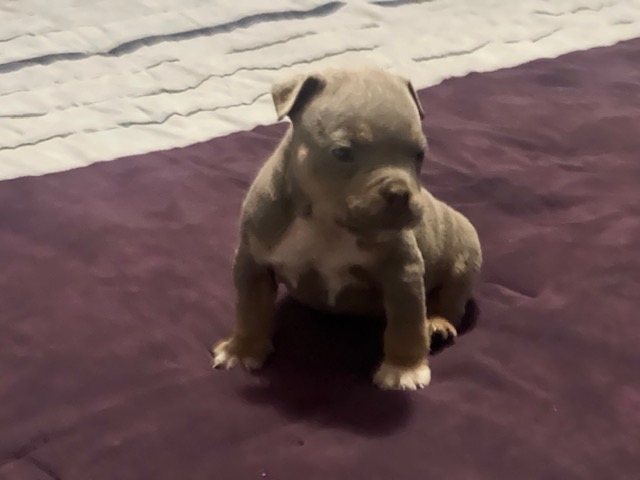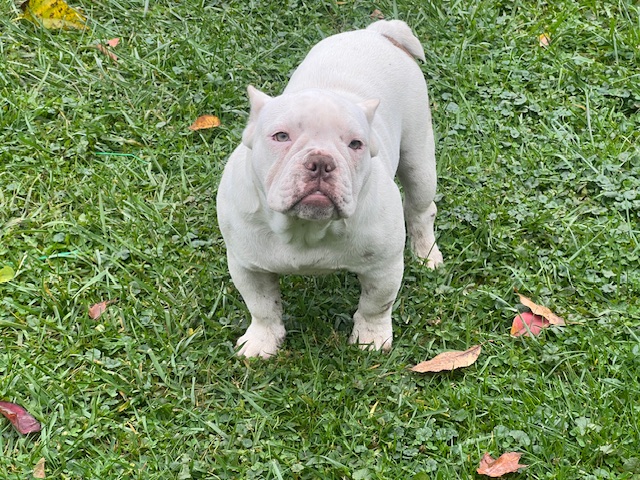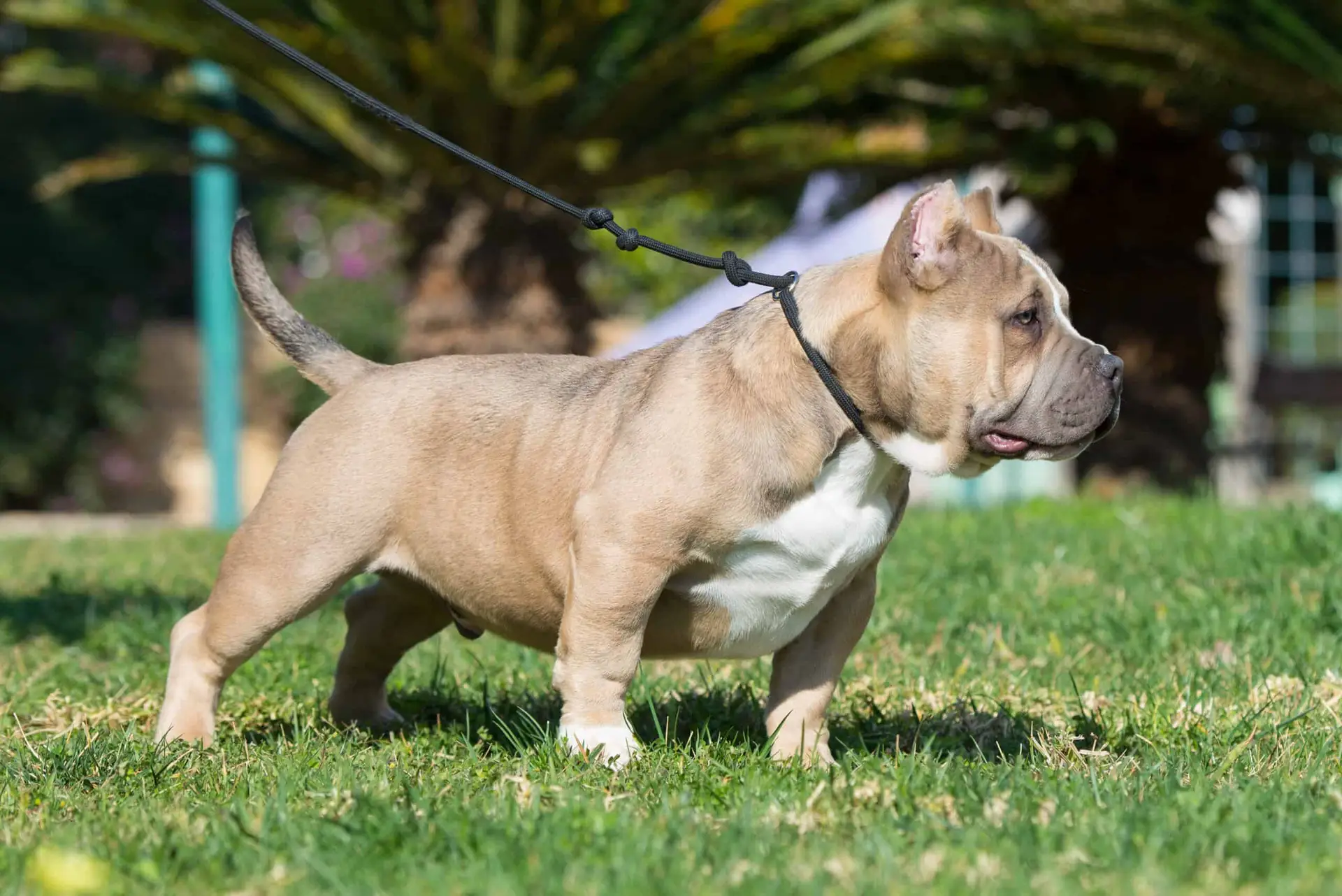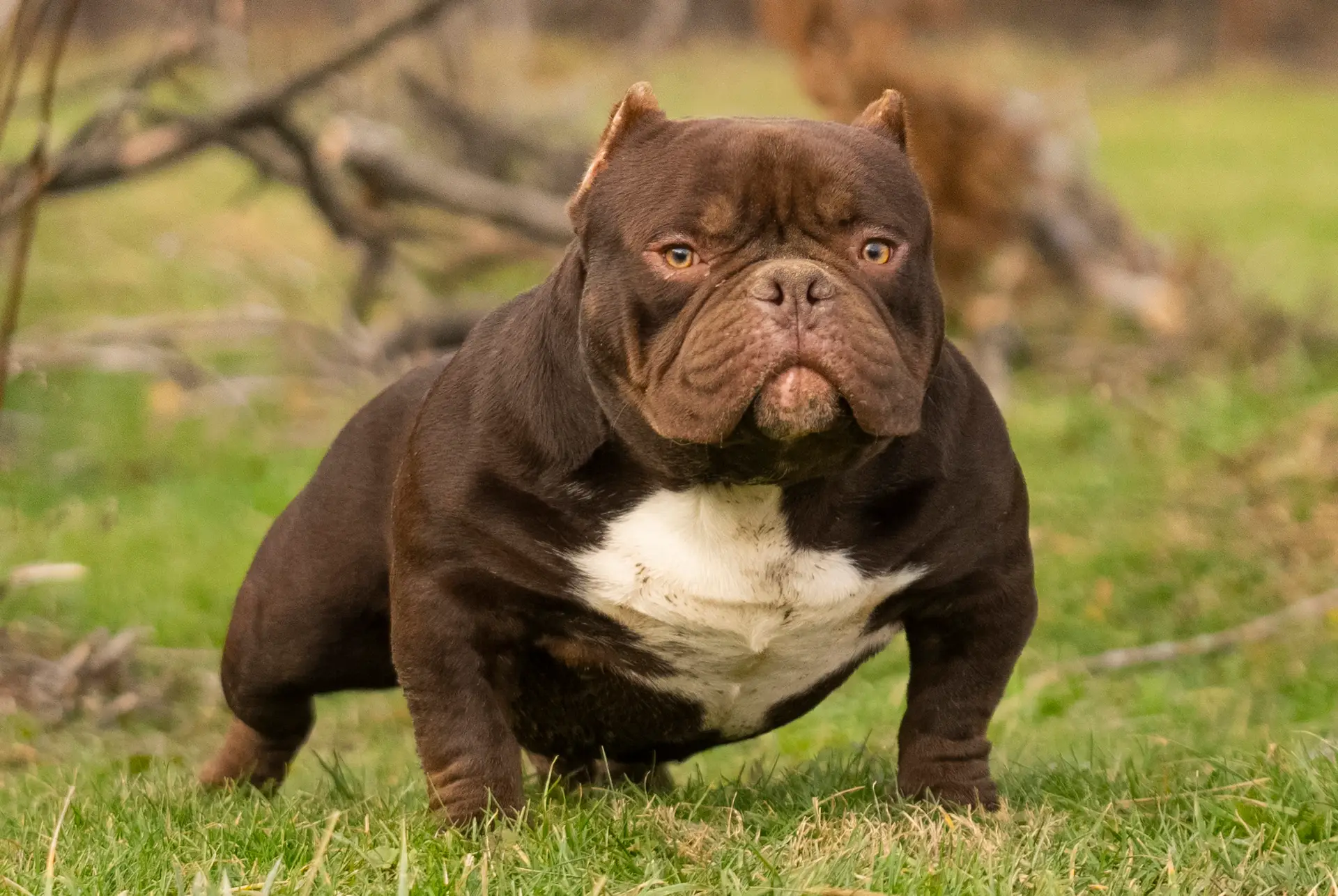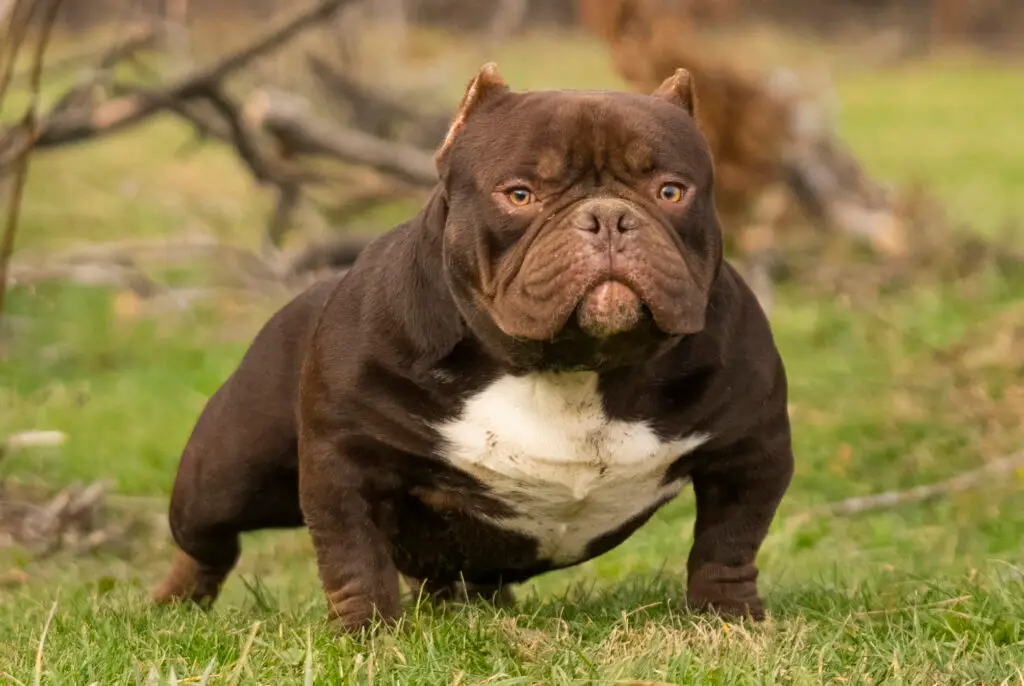The American Bully is fast becoming one of the most popular rare breeds in America, mainly thanks to its great temperament, and purpose as a companion dog. As we have seen in the previous posts, the breed was created to preserve the desirable characteristics of the American Pit Bull, but without any of the aggression. This article is part 4 of 4 in the series, and looks at the best care tips for the breed.
Caring for an American Bully
American Bullys are a great family pet, and their caring and gentle nature makes them ideal to keep around small children. They also serve as great guard dogs, if only because of their imposing appearance! Caring for your dog properly should be one of your top priorities, and at the most basic level this means providing the right amount of food and exercise.
As a general rule, American Bullys are very healthy dogs, although this will obviously be affected by the breeder you get the dog from. Any responsible breeder should be able to provide you with a health certificate for the puppy, and it’s always worth getting one before committing to a purchase. After all, the last thing you want is for any surprise health defects to pop up along the way. Below is some information about the proper care of an American Bully, including diet, exercise, grooming, and healthcare.
Diet and nutrition
American Bullys are an incredibly muscular breed, and so it’s worth giving them a high protein diet. They also need food that’s high in fat, but always make sure this is good fat, rather than bad, as you don’t want your dog becoming overweight.
If you choose to feed your American Bully dry food, make sure it has a fat content of around 20%, and a protein content of at least 30%. You should also ensure that it’s a good quality food, with the main ingredients being meat-based, and as little filler as you can find (some brands bulk up their food with things like ash, and this really isn’t something you want your dog to eat).
However, because of their physical structure, American Bullys can benefit massively from a raw diet. A raw diet primarily consists of raw meat and bone, usually with added vegetables and fiber. Raw diets generally have very little carbohydrate, which is another benefit for the breed. Raw diets require a bit of research, as you’ll need to make sure you’re getting the right nutritional balance, and many owners prefer to mix it themselves. If you’re unsure, speak to your vet and do some research online.
When it comes to food quantity, this will be mostly based on the weight of your dog. Most brands will give a feeding chart, but you should ensure your dog has enough to eat without being overweight. Try feeding both once and twice a day to see what works best for you and your dog.
Exercise
When it comes to exercise for the American Bully, more is better. The easiest way to make sure they get enough exercise is to provide them with a big yard to run around in. However, if you can’t do this, take them for at least one walk a day for at least 30 minutes. Exercise will help your American Bully maintain good muscle mass, and they always love to play fetch too.
Another suggestion is to provide them with toys that will engage their brain. For example, toys that can hide food are always good, and will stop the dog from getting bored. If they don’t get enough exercise, American Bullys can become destructive, and they don’t mind whether this is inside or outside.
Healthcare
As mentioned, American Bullys are generally healthy dogs, but you should always make an effort to do your bit. Make sure you get the correct vaccinations, which should be done from the age of 5 weeks onwards. At the age of 6 months, your vet will give your dog a rabies shot that lasts for 3 years. These should be repeated every 3 years to make sure they’re always protected.
Also, the 7-way vaccination (the one your puppy will have at 5 weeks) should be repeated every year to ensure they remain vaccinated. Depending on when you get your American Bully puppy, the breeder may have already done the first vaccination. Make sure you get confirmation of this, and then repeat annually.
As with all other breeds, worming is important. You should worm your dog every 3 months, or more frequently in the summer if you live in a rural area. You can do this yourself with over the counter worming medication, or ask your vet if you don’t feel confident. It can also be helpful to ask your vet to do a feces check for worms, just to make sure the medication is working.
Grooming
American Bullys are really easy to look after when it comes to grooming. You should brush their teeth at least once a week, although this can be done less often if they’re on a raw diet because of the low carbohydrate levels. You can also buy specific chew toys that help clean teeth, and many can have toothpaste put in them.
Brushing should be done about once a week to make sure you keep on top of shedding. The breed’s short coat means that brushing isn’t as important as a longhaired breed, but it really helps to minimize hair around the house. A short, stiff brush is best, and do it outside whenever possible. Nails should be clipped once a week, although you might not find this necessary if your dog is getting enough exercise.
Conclusion
The American Bully is a great family dog that captures all the spirit of much-loved American breeds, but without any of the potential for aggression. As we’ve seen over the series, the breed is perfectly designed as a companion pet, and is becoming more popular by the day. Hopefully this article will show you how to look after your newest family member, and will keep them happy
Finally, if you want to get some more information on our new Capcity Bully puppies, adults for sale, latest blogs, and breedings – scroll down to the bottom of the page and fill out the email alerts box!
Find Your Perfect American Bully Puppy for Sale Today — Nationwide & Worldwide Delivery Available
Welcome to Cap City Bullys — The #1 Choice for Show-Quality American Bully Puppies
At Cap City Bullys, we’ve spent 15+ years perfecting the art of breeding purebred, registered American Bully puppies that stand out for their muscular conformation, rock-solid health, and calm, even temperaments. Located in Erie, Pennsylvania, our family-run kennel serves bully enthusiasts from New York to California—and ships champion-line puppies safely across the globe.
Puppies For Sale At Capcity Bullys
Blu Ice Magnum — Elite Lilac Micro Male from Icon × Bella | Now Available at Capcity Bullys...
Titanium Ace — Powerful Lilac Micro Male from Icon × Bella | Available Now at Capcity Bullys Meet...
Ghost Reign — Striking Lilac Tri Micro Male from Icon × Bella | Now Available at Capcity Bullys...
Royal Valor — Elite Lilac Tri Micro Male from Icon × Bella | Available Now at Capcity Bullys Meet...
Born November 11th 2025 – Elite Micro Bully Female • Chocolate Tri • Bape × Miagi × Devilspit...
Missy A Micro female with compact frame with flawless lines, this pup is sweet but built like a...
Luna A Micro female with a broad chest and tight structure, this girl is a standout. Clean, short...
Xena This female blends elite genetics with next-level build. Short frame, bold front, and wide...
